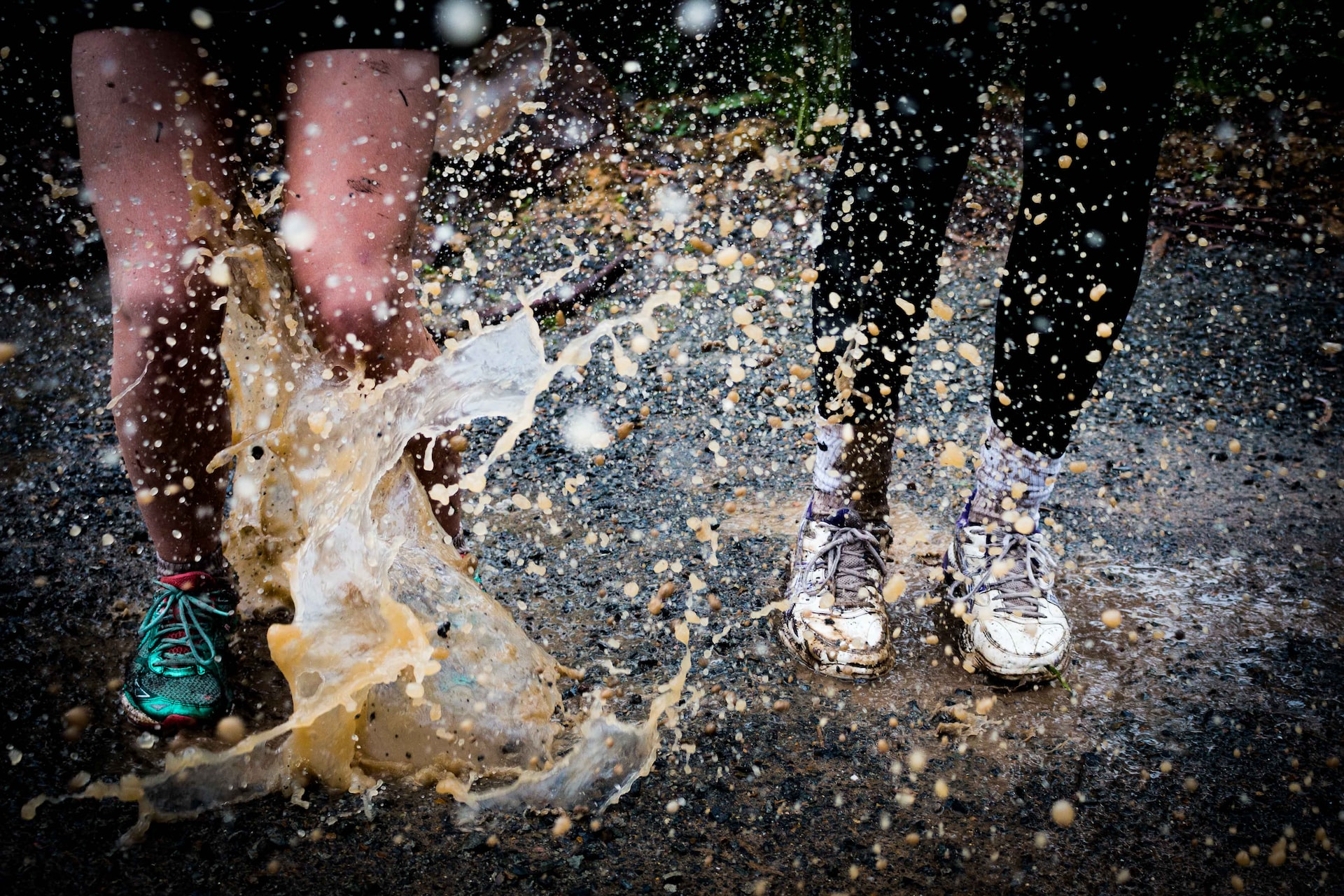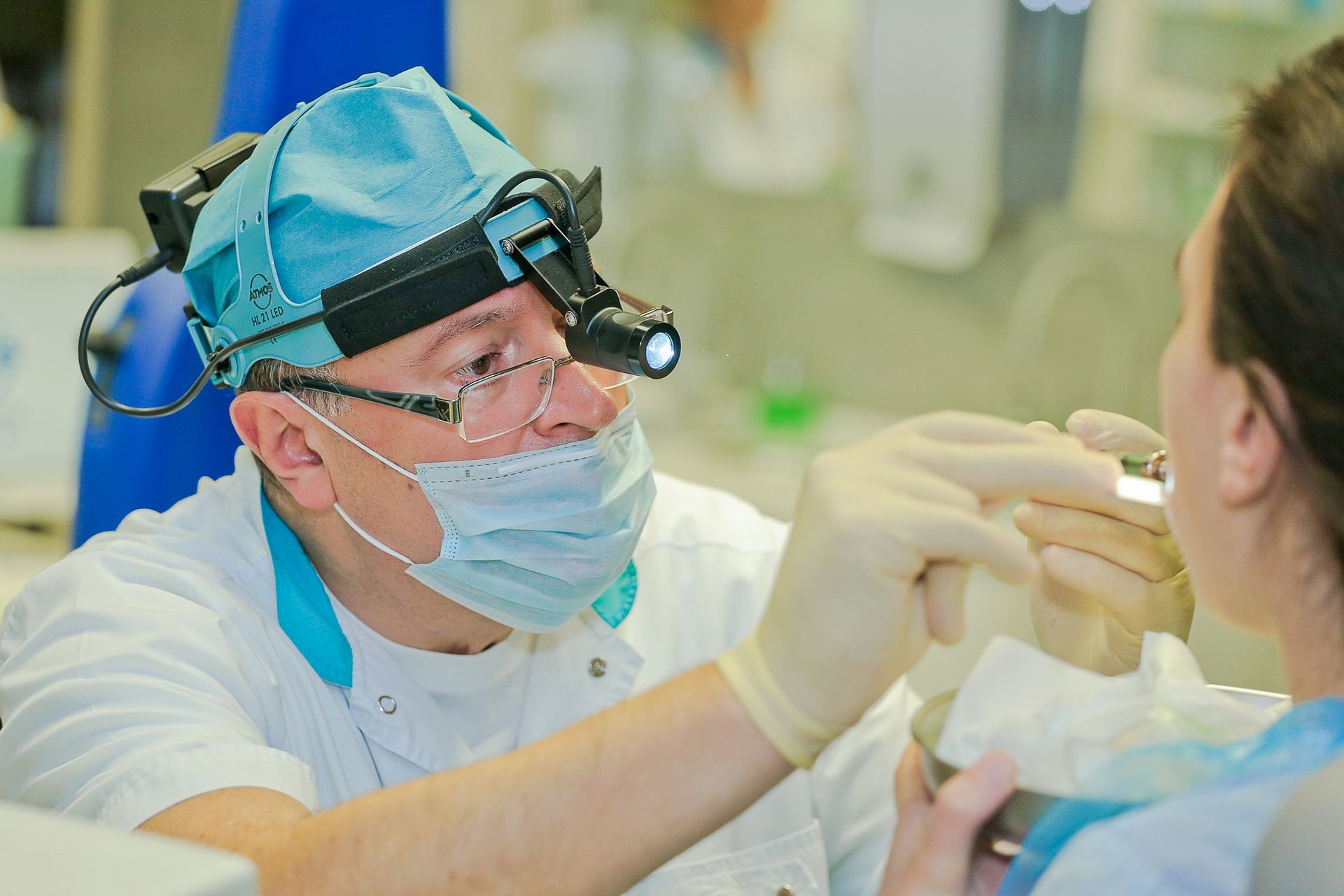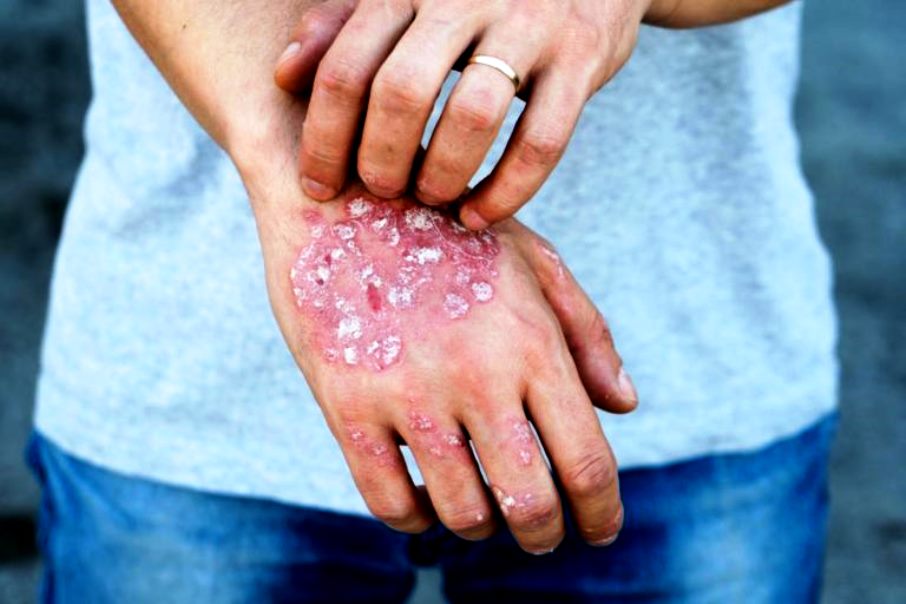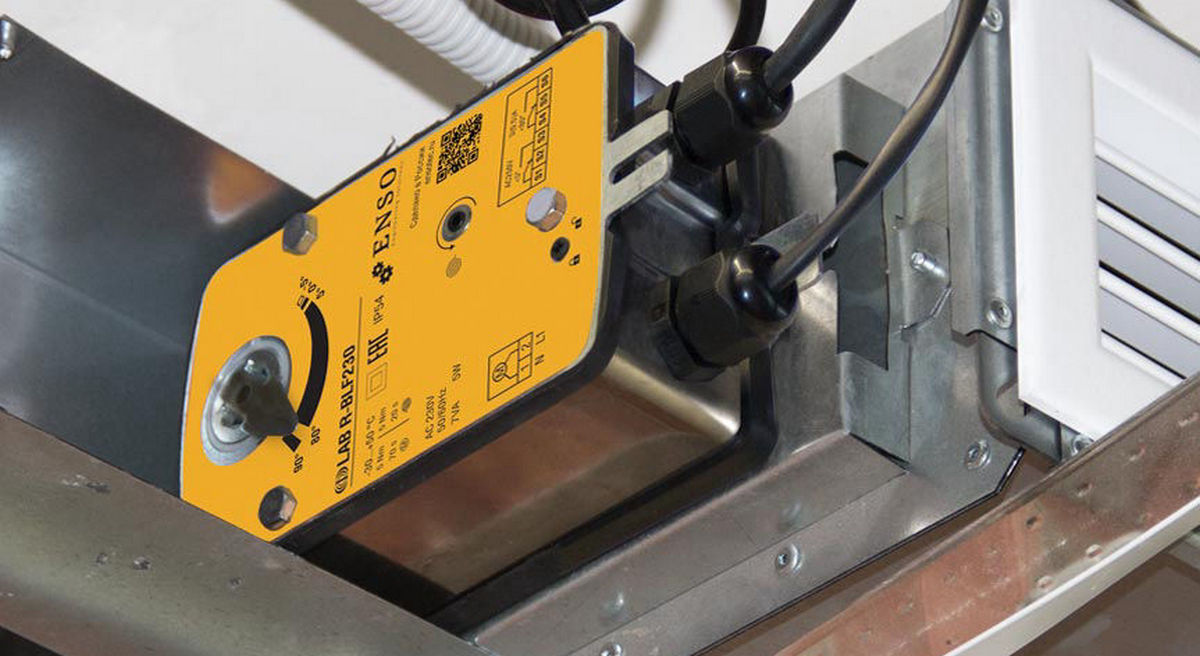The best museums in Moscow in 2025

The Russian capital has a record number of museums that attract the attention of native Muscovites and visiting tourists. It will take more than one day to visit all of them. Therefore, connoisseurs of art and history traditionally choose the best and most interesting places. Especially popular are large cultural institutions, where rich collections are kept. They are deservedly included in the list of museums that you need to visit first in Moscow in order to touch the rich historical heritage of our country.
Content [Hide]
- 1 The best museums in Moscow
- 1.1 State Historical Museum
- 1.2 State Tretyakov Gallery
- 1.3 State Museum of Fine Arts named after A.S. Pushkin
- 1.4 Cathedral of the Intercession of the Holy Virgin
- 1.5 Moscow Kremlin
- 1.6 State Literary Museum
- 1.7 Diamond Fund of Russia
- 1.8 Polytechnical Museum
- 1.9 Memorial Museum of Cosmonautics
- 1.10 Moscow Museum of Modern Art
- 2 Location and ticket information
The best museums in Moscow
State Historical Museum
votes 1
Having familiarized yourself with the large-scale exposition of this museum, you can get the most visual and complete picture of the historical events in Russia over several centuries. The museum was founded by Emperor Alexander II in 1872. Then his unique collection began to take shape. The red brick building for this museum was specially erected on Red Square. The museum first received visitors in 1883. Then it was called the Imperial Russian Historical Museum.
Since that time, the name of this cultural institution and its content have changed more than once to suit the evolving situation in the state. The last major restoration in the museum building was completed by 2000. Its result was the return of the original historical appearance to the building and interiors. Now the collection of the institution has more than 5 million exhibits that give a visual representation of the culture, economy, politics and other aspects of Russian life. The expositions cover the history of the state from antiquity to the twentieth century.
The ceiling of the main entrance of the museum is decorated with a genealogical tree of Russian sovereigns. It was made by the famous artist F.G. Toropov in the 19th century. The exposition occupies 2 floors in the building and is arranged in chronological order. Each room contains exhibits related to a particular era. Among the exhibits on display are utensils and tools, old manuscripts and the first printed books, written sources and visual materials, clothes, weapons, coins, seals and many other interesting items.
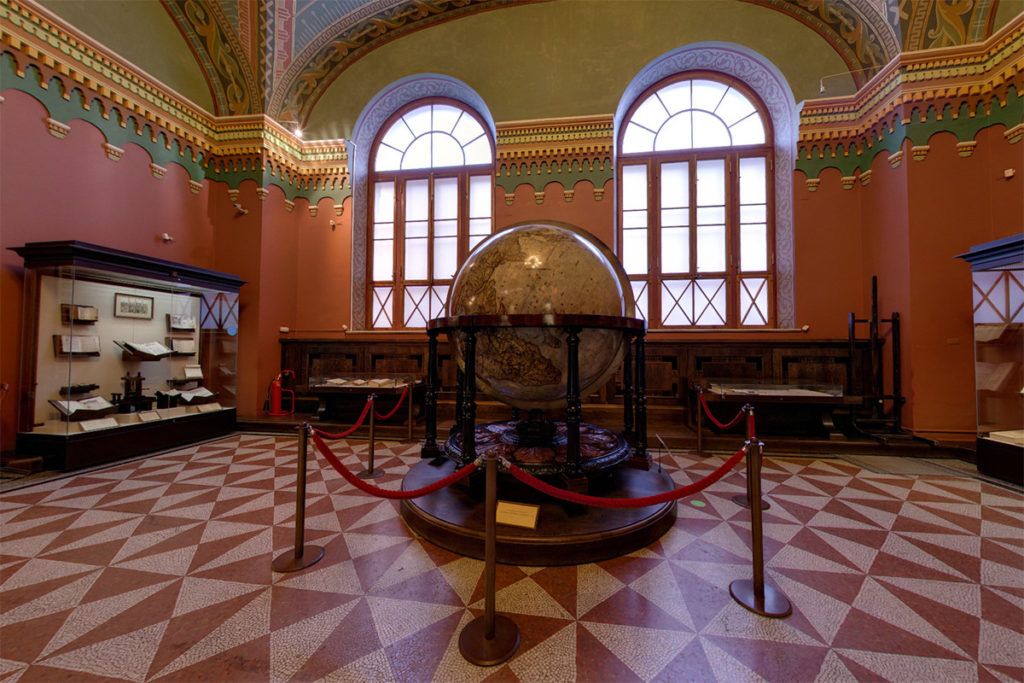
- the richest historical museum;
- huge exposition;
- convenient division by halls and historical periods;
- flexible pricing policy;
- there are discounts and free tickets;
- convenient work schedule.
- not found.
The average cost of visiting for an adult visitor: 400 rubles.
State Tretyakov Gallery
votes 0
The Tretyakov Gallery is rightfully considered the most famous Russian museum of national art. It is one of the most famous art museums in the world. This museum was founded in the middle of the 19th century. Its founder was a philanthropist, entrepreneur and hereditary merchant P.M. Tretyakov. He began to collect paintings and sculptures by Russian artists. The purpose of this collection was to create the first public museum of fine arts in the state. To implement his plan, Tretyakov carried out the reconstruction of his house, located in Lavrushensky Lane. In 1892, he gave this mansion and the art objects in it to the people. Now this building houses the main exposition of the Tretyakov Gallery. Here you can look at ancient Russian icons, paintings, sculptures, graphics and art products. The exposition covers the period up to the beginning of the 20th century.
Art objects are collected in several thematic sections that tell about the development of Russian fine arts. It is in the Tretyakov Gallery that you can see the paintings of the great Russian painters Surikov, Repin, Shishkin, Levitan and many others. Also here are the works of painters who worked at the turn of the XIX-XX centuries.
In addition to the main building, the museum association includes the Church of St. Nicholas, Vasnetsov's house-museum and apartment-museum, Korin's house-museum, Golubkina's museum-workshop and the building of the Tretyakov Gallery on Krymsky Val.
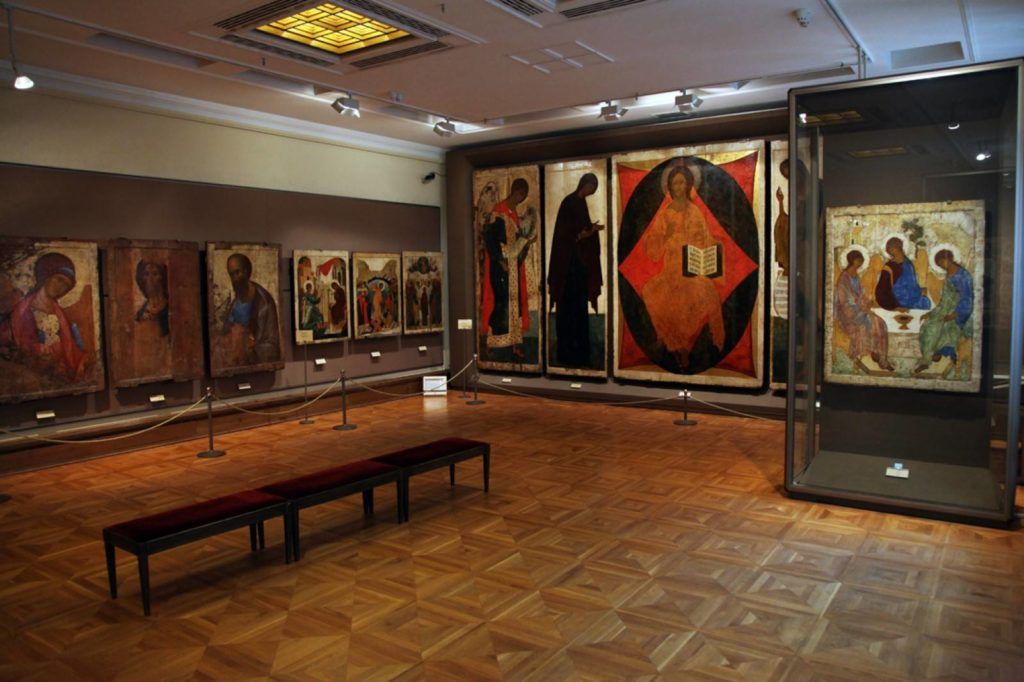
- the richest collection of paintings, sculptures and other art objects;
- several buildings;
- convenient working hours;
- acceptable price of tickets;
- there are benefits and free tickets for certain categories of citizens.
- during the school holidays there is a large flow of visitors.
Admission fee for an adult visitor: 500 rubles.
State Museum of Fine Arts named after A.S. Pushkin
votes 0
This museum was founded in 1912. Then it was called the Museum of Fine Arts and bore the name of Emperor Alexander III. Now this museum is the custodian of the largest collection of foreign fine art in Russia. The museum was founded by Professor of Moscow University I.V. Tsvetaev, a former philologist and art critic. At the beginning of the museum, it was he who became its leader. The museum acquired its current name in the thirties of the XX century.
Now it is a large museum complex, located in several buildings. But the largest exposition is located in the main building. It was built in neo-Greek style by the architect R.I. Klein. It is also a historical value and an architectural monument. There are 30 halls on two floors of this museum. Here you can look at art objects of antiquity, the Middle Ages and the Renaissance, as well as paintings by European artists from the 17th to the beginning of the 19th century. Particularly popular with visitors is the hall called "Greek Courtyard". Here you can look at casts from ancient reliefs and statues. Also of interest is the exposition of the "Italian Courtyard", which conveys the atmosphere of the courtyard of the Florentine Palazzo Bargello. Here you can see the famous sculptures of European masters. For the works of such great creators as Rembrandt and Michelangelo, separate halls are dedicated.
In addition to excursions that are held in the museum for permanent exhibitions, there are periodically thematic events, lectures, concerts.

- the opportunity to see objects of art, painting and sculpture by European masters;
- interesting excursions;
- seasonal thematic exhibitions;
- many cultural events;
- acceptable price of tickets;
- convenient work schedule;
- there are benefits.
- not found.
Ticket price for an adult visitor: 400 rubles.
Cathedral of the Intercession of the Holy Virgin
votes 0
Another name for this architectural monument in Moscow is St. Basil's Gathering. It is a working Orthodox church and one of the largest Russian museums.
The cathedral was built in the middle of the 16th century after the capture of Kazan. The initiator of the construction was Tsar Ivan the Terrible. The history of the construction of this unique architectural monument is still not fully understood. For example, it is not clear who was the author of the project. The cathedral has a very complex, but thoughtful structure. First, 8 churches were built on a common foundation, which were crowned with multi-colored domes in the form of onions. They were united around the Church of the Intercession of the Virgin. The temple, in turn, ended with an octagonal tent. A few years after the completion of construction, another small church was built in memory of St. Basil the Blessed. The complex of churches is united by two galleries. One of them is internal, the other is external, designed to bypass. In order not to get lost in a complex, huge building, it is more convenient to visit the museum accompanied by a guide. In addition, such an excursion provides an opportunity to get acquainted with the details of the construction of the temple and get acquainted with the relics stored in it.
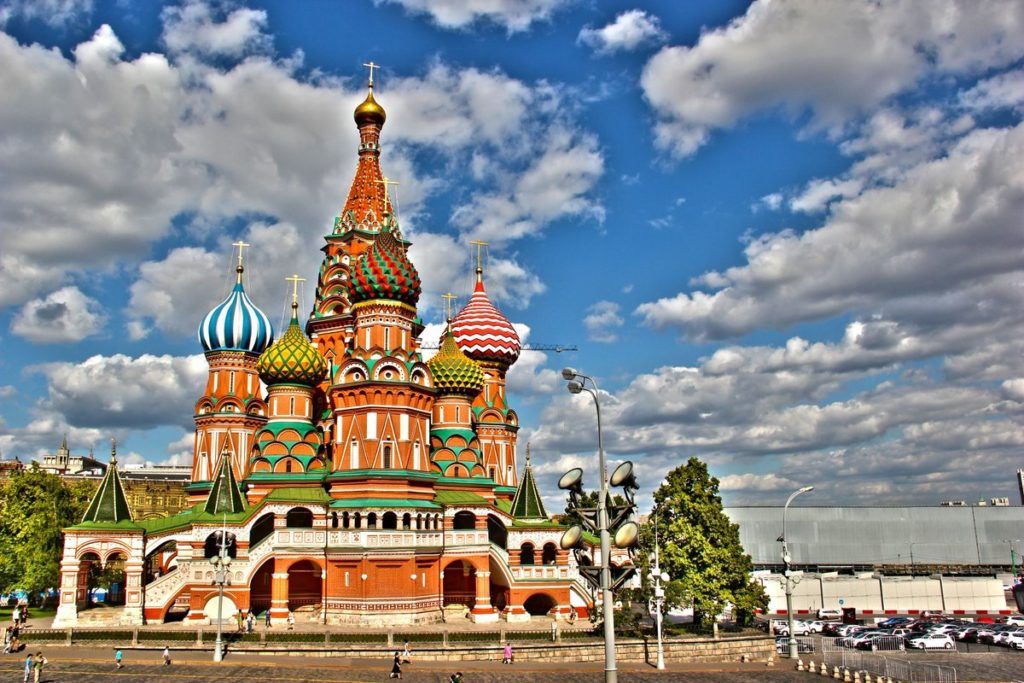
- a huge historical building;
- functioning temple;
- organize excursions;
- affordable price of tickets;
- works seven days a week;
- there is a possibility of free admission for certain categories of citizens.
- complex architecture, easy to get lost.
Admission fee for adults: 500 rubles.
Moscow Kremlin
votes 0
In the Moscow Kremlin, the first museum was opened in 1806. Then visitors could visit the Armory. In Soviet times, in addition to the treasures of the Armory, it became possible to view the exhibits of several Kremlin cathedrals and churches, the Patriarchal Chambers.
The expositions of the museum are located in different buildings, which themselves are historical and architectural monuments. The oldest of them were built at the end of the 15th century. Many buildings from this complex have retained their historical interior decoration. The Kremlin museums store objects belonging to different genres of art. From them you can get an idea of how the ceremonial ceremonies were held in different historical eras. Also, ancient icons, manuscripts, printed publications and valuable photographs are stored here. Of particular value are metal products made by Russian and foreign craftsmen. Also interesting is the collection of horse equipment and carriages, state regalia.
The museum-reserve is engaged not only in organizing interesting exhibitions. Here they are engaged in educational work, organize seminars and conferences at the highest level, hold competitions, lecture events, creative concerts and festivals.
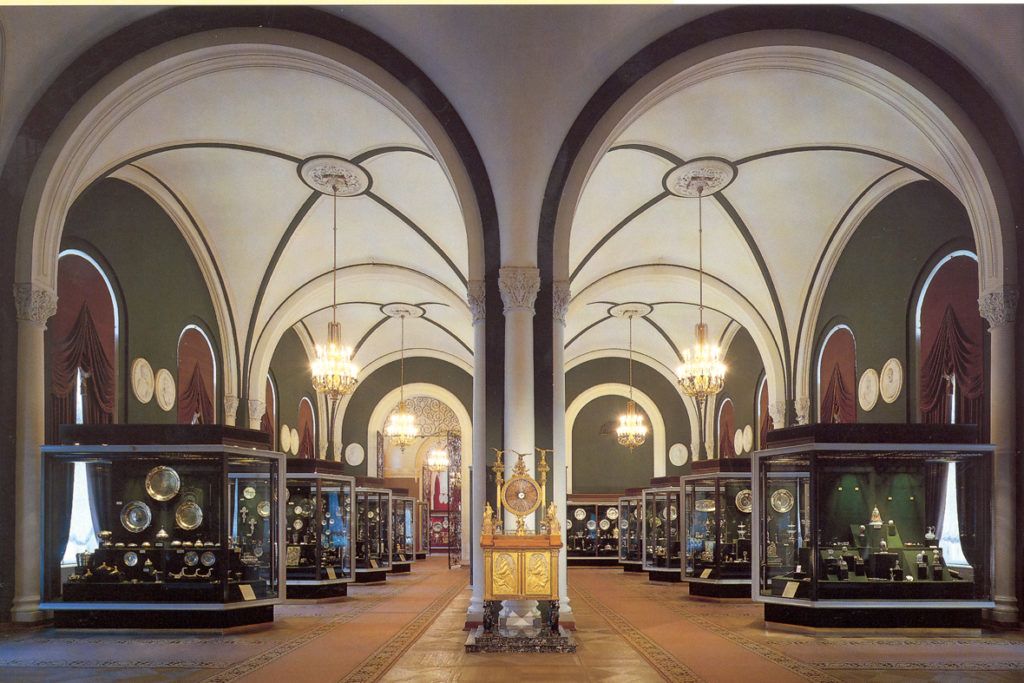
- association of large museums;
- there is an opportunity to see expositions related to the history of autocracy in Russia;
- it is possible to purchase a single ticket to view several facilities;
- provide benefits and discounts;
- there is the possibility of free access for certain categories of citizens;
- group excursions can be organized;
- An audio guide is provided upon request.
- high prices.
Admission fee for adults: 1000 rubles.
State Literary Museum
votes 0
The date of the organization of this museum is 1934. Here are collected items related to Russian literature. Now the institution is one of the largest museums in the world of this kind. It comprehensively covers Russian literature, its history from its origin in ancient times, the period of formation and today's significant events. The museum contains a huge collection of works, manuscripts of authors, archival correspondence of writers, rare samples of publications, personal belongings of famous writers, photographs, sound recordings, valuable documents and other items. Of the exhibits in the collection of the institution, more than a dozen memorials were organized, which are located in other buildings of the capital and the nearest suburbs.
This institution not only organizes exhibitions and expositions. Often creative meetings, literary readings, performances, concerts are held here.
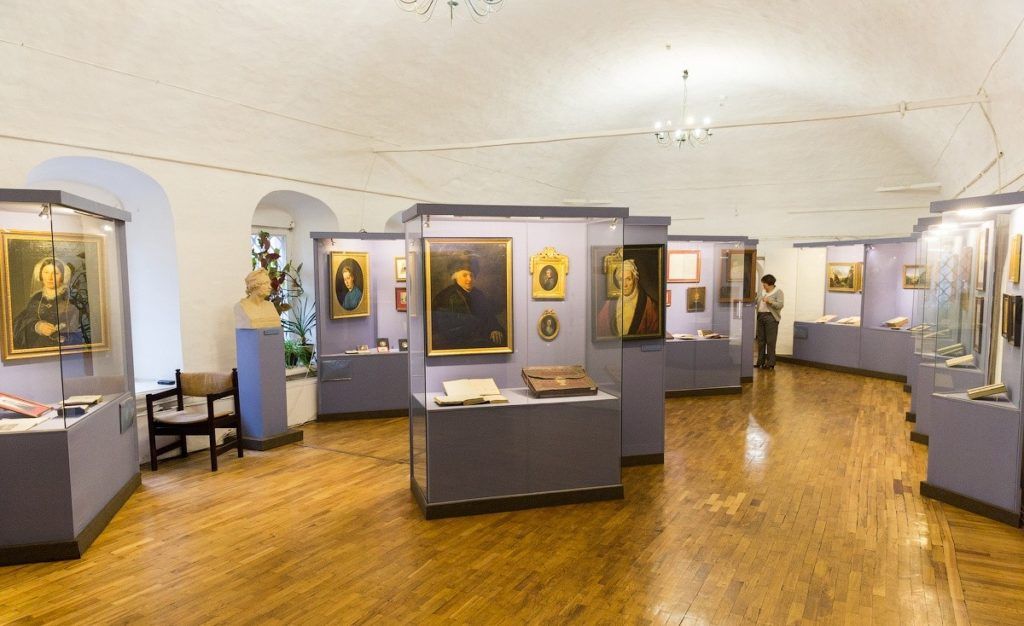
- many exhibits related to Russian literature of all times;
- organize concerts, literary readings, performances and other events;
- affordable prices;
- there are benefits and discounts;
- convenient mode of operation;
- organization of excursions;
- audio guide;
- individual guide;
- It is possible to purchase a subscription.
- not found.
Admission price for adults: 200 rubles.
Diamond Fund of Russia
votes 0
The museum, which stores most of the riches of Russia, is located in the building of the Armory. Exhibits belonging to the Gokhran fund are stored here. Although the institution was formally established only in 1920, its collection began to be collected during the time of Peter I. By order of the emperor, things belonging to the state began to be stored here. The collection of the Diamond Fund was constantly replenished with various items adorned with precious stones.Now these works of art are of great material and historical significance.
When visiting the museum, guests can see with their own eyes the emperor's crown, orders, signs, scepter, orb and other regalia of supreme power. Other examples of jewelry, nuggets of precious metals, unusual gems are also presented here.

- convenient work schedule;
- interesting exposition;
- there are benefits and the possibility of free admission for certain categories of citizens;
- affordable visit price.
- photography is not allowed;
- many other restrictions.
Admission price for adults: 500 rubles.
Polytechnical Museum
votes 1
The impetus for the organization of this museum was the desire of Russian society in the second half of the 19th century for technical progress and knowledge in the natural sciences. The first exhibits were brought to the Museum of Polytechnic Knowledge from the All-Russian Polytechnic Exhibition held in 1872. Then this museum became known as the Polytechnic.
The scope of this museum has been constantly expanding. Over time, the museum has turned from a simple repository of unusual instruments and devices into an institution that popularizes science in various areas of human life.
Now the museum is undergoing reconstruction. It involves the opening of three galleries with different themes in the main building. One of them will be dedicated to energy, the other to information, and the third to matter. During the reconstruction, the ideas embodied by the Polytechnic Museum were revised. Now it is an institution that is not afraid to experiment and strives to bring past technical achievements, modern research work and future scientific achievements under its roof.
While the main building is being reconstructed, you can see the exposition, which is available on the territory of VDNKh.
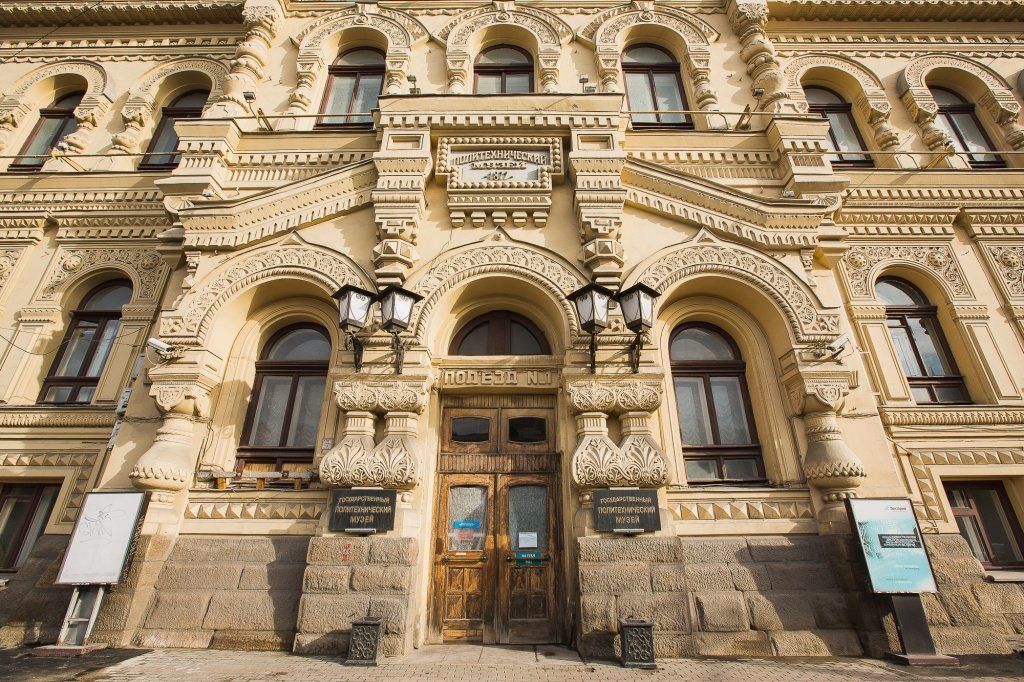
- will be of interest to people interested in scientific achievements;
- affordable ticket price;
- constantly organize thematic exhibitions;
- There is a possibility of preferential visit.
- The main building is under renovation.
Ticket price for adults: 300 rubles.
Memorial Museum of Cosmonautics
votes 0
The reason for the founding of this museum was the twentieth anniversary of Gagarin's first flight into space. But even before 1981, a monument was erected near the main entrance to VDNKh, called "To the Conquerors of Space." The first exhibits of the Memorial Museum of Cosmonautics were documents, materials in the form of photographs and filming, space technology, items that belonged to designers and astronauts, collections of coins and stamps, paintings and other items related to space.
A few years ago, the reconstruction of the museum was completed. Its result was an increase in exhibition space, a complete change in appearance, and the introduction of the latest developments in museum business. In recent years, interactive exhibits have appeared in the form of a spacecraft simulator, a small section of the space station in full size, a miniature image of the Mission Control Center, and others. For those who wish, you can organize a virtual tour.
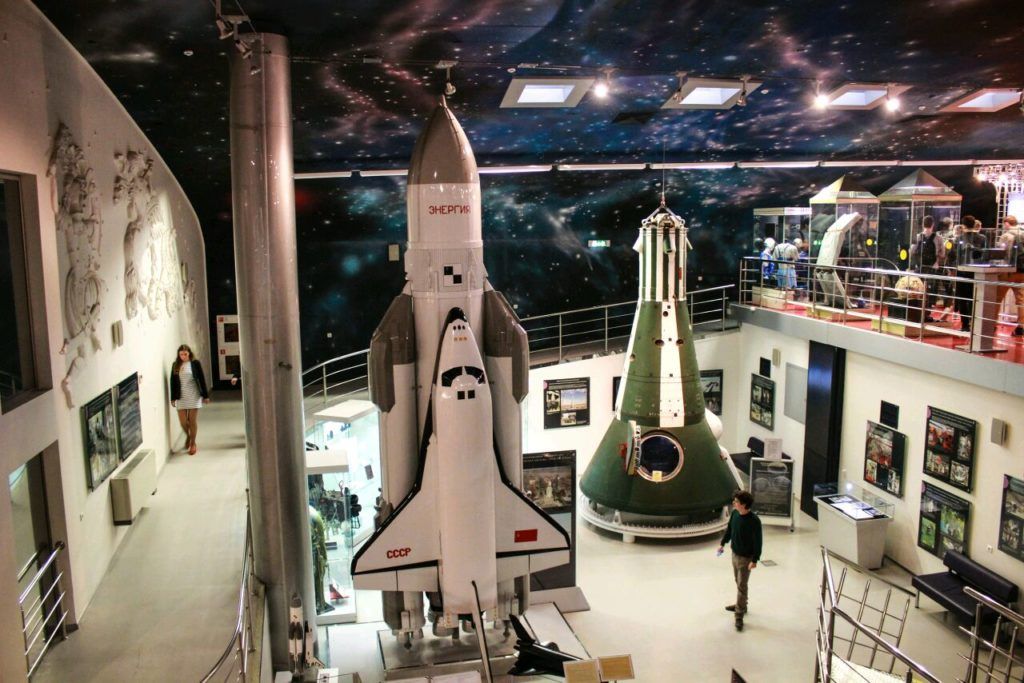
- an extensive collection of items related to space;
- the possibility of organizing traveling exhibitions and corporate events;
- convenient mode of operation;
- convenient location in the city center;
- there are benefits and the possibility of free admission for certain categories of citizens;
- there is an opportunity to take pictures and shoot videos;
- audio guide;
- low ticket prices.
- photo and video filming are paid.
Adult ticket price: 250 rubles.
Moscow Museum of Modern Art
votes 0
This museum appeared relatively recently. The initiator of its creation was Zurab Tsereteli, who is the president of the Russian Academy of Arts. The museum was opened in 1999 and the first exhibits were items from the personal collection of the famous artist.
In subsequent years, the collection grew rapidly. Now here are collected art objects created from the beginning of the last century to the present in Russia and abroad. The main exhibition halls are located in the historic mansion on Petrovka, which is a building of the late 18th century by the architect Kazakov. In addition to this building, the museum has several other outdoor areas.
In the historical part of the collection of museum exhibits, you can see the works of avant-garde artists Chagall, Malevich, Burliuk, Kandinsky and others. Also here is the further development of this direction of painting. Other halls present the work of nonconformists, works of foreign artists. Also here you can see modern trends in painting, sculpture and graphics, art objects, installations and photographs.

- different directions of contemporary creativity;
- works of avant-garde artists;
- contemporary creativity;
- organize excursions and exhibitions, master classes;
- low price of tickets;
- There are benefits and discounts.
- not found.
The exact date of the construction of this estate is not known, but the first mention of it is found in documents from the first half of the 14th century. At that time, by order of the kings, several churches were erected here, which have survived to this day.The estate reached its heyday during the reign of Tsar Alexei Mikhailovich, when gardens were planted here and palaces were built. Later, the estate became the residence of the young Tsar Peter I. Not far from it, the Tsar arranged amusing battles. Later, other rulers of Russia made their changes to the appearance of the park and the palace. Many of them have survived to this day. The museum was organized here in 1923. One of the areas of his activity was the study and restoration of historical monuments.
The Kolomenskoye Museum-Reserve is now of interest to tourists from all over Russia and foreign countries. This is a large-scale building with numerous architectural and historical monuments, beautiful nature and a rich collection of artifacts. In recent years, an ethnographic complex of buildings has been created here, consisting of a peasant's estate, a beekeeper's house, a stable, a smithy, and a water mill. Now the institution is engaged in the construction of interactive forms, which are designed to more fully immerse the museum guests in the historical era.
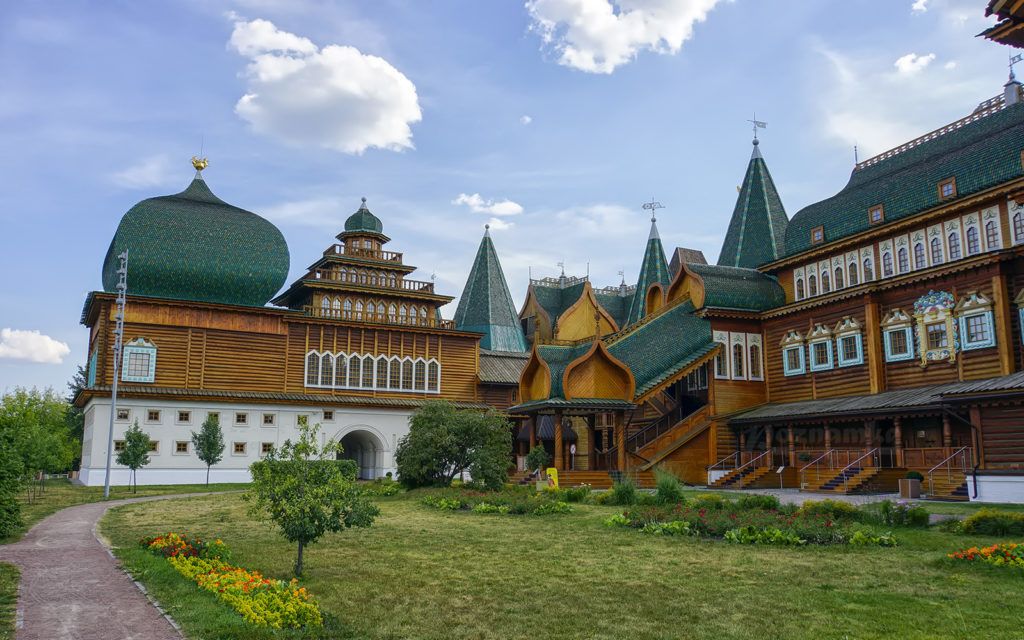
- a huge open-air museum complex;
- interesting expositions;
- free entrance to the museum-estate;
- affordable prices for viewing individual expositions;
- benefits and discounts.
- not found.
The cost of visiting the exposition for an adult: 100 rubles.
Location and ticket information
| Name | Address | Schedule | Cost of visiting |
|---|---|---|---|
| State Historical Museum | Red Square, 1 | Monday - Sunday: 10:00 - 18:00 Friday, Saturday: 10:00–21:00 Tuesday - day off | From a free ticket to 900 rubles, depending on the day of the month, category of citizens, visit program |
| State Tretyakov Gallery | Lavrushinsky lane, 10 | Mon - Closed Tue, Wed, Sun10:00 – 18:00 Thu, Fri, Sat10:00 – 21:00 | From a free ticket to 500 rubles, depending on the category of citizens |
| State Museum of Fine Arts. A.S. Pushkin | st. Volkhonka, 12 | Tue, Wed, Sat, Sun: from 11:00 to 20:00 ticket office (entrance) from 11:00 to 19:00 Thu, Fri: from 11:00 to 21:00 ticket office (entrance) from 11:00 to 20:00 Mon: day off | From a free ticket to 400 rubles, depending on the category of citizens |
| St. Basil's Cathedral | the Red Square | November 8 - April 30: 11:00 - 17:00, daily May 1 - May 31: 11:00 - 18:00, daily First Wednesday of the month - sanitary day | From a free ticket to 1200 rubles, depending on the category of citizens, visit program |
| Moscow Kremlin | the Red Square | from 9.30 to 18.00 day off - Thursday | From a free ticket to 1000 rubles, depending on the category of citizens, time and visit program |
| State Literary Museum | Petrovka, 28 | Tue, Fri, Sat, Sun — 11:00–18:00 (ticket office until 17:30) Wed, Thu — 11:00–21:00 (ticket office until 20:30) Mon - day off | From a free ticket to 4000 rubles, depending on the category of citizens and the chosen visit program |
| Diamond fund | the Red Square | daily, except Thursday, from 10:00 to 18:15 | From a free ticket to 500 rubles, depending on the category of citizens |
| State Polytechnic Museum | Prospekt Mira, 119 | Mon-Fri 10:00–19:00 | From a free ticket to 300 rubles, depending on the category of citizens |
| Memorial Museum of Cosmonautics | Prospekt Mira, 111 | Mon Closed Tue, Wed, Fri, Sun 10:00 — 19:00 Thu, Sat 10:00 — 21:00 | From a free ticket to 650 rubles, depending on the category of citizens |
| Moscow Museum of Modern Art | Ermolaevsky lane, 17 | Mon - day off, Tue-Sun 12:00–21:00 | From 50 rubles to 2500 rubles, depending on the category of citizens and the chosen program |
| Kolomenskoye | Ave. Andropova, 39 | daily, 8:00–21:00 | From a free ticket to 850 rubles, depending on the category of citizens and the chosen program |
The capital of Russia has a huge number of museums of different directions. Presented in our selection are among the most visited and interesting for most visitors. Therefore, by choosing one of them, you will spend time interestingly, informatively and with benefit for yourself.
new entries
Categories
Useful
Popular Articles
-

Top ranking of the best and cheapest scooters up to 50cc in 2025
Views: 131651 -

Rating of the best soundproofing materials for an apartment in 2025
Views: 127690 -

Rating of cheap analogues of expensive medicines for flu and colds for 2025
Views: 124518 -

The best men's sneakers in 2025
Views: 124033 -

The Best Complex Vitamins in 2025
Views: 121939 -

Top ranking of the best smartwatches 2025 - price-quality ratio
Views: 114979 -

The best paint for gray hair - top rating 2025
Views: 113395 -

Ranking of the best wood paints for interior work in 2025
Views: 110318 -

Rating of the best spinning reels in 2025
Views: 105329 -

Ranking of the best sex dolls for men for 2025
Views: 104366 -

Ranking of the best action cameras from China in 2025
Views: 102215 -

The most effective calcium preparations for adults and children in 2025
Views: 102011
